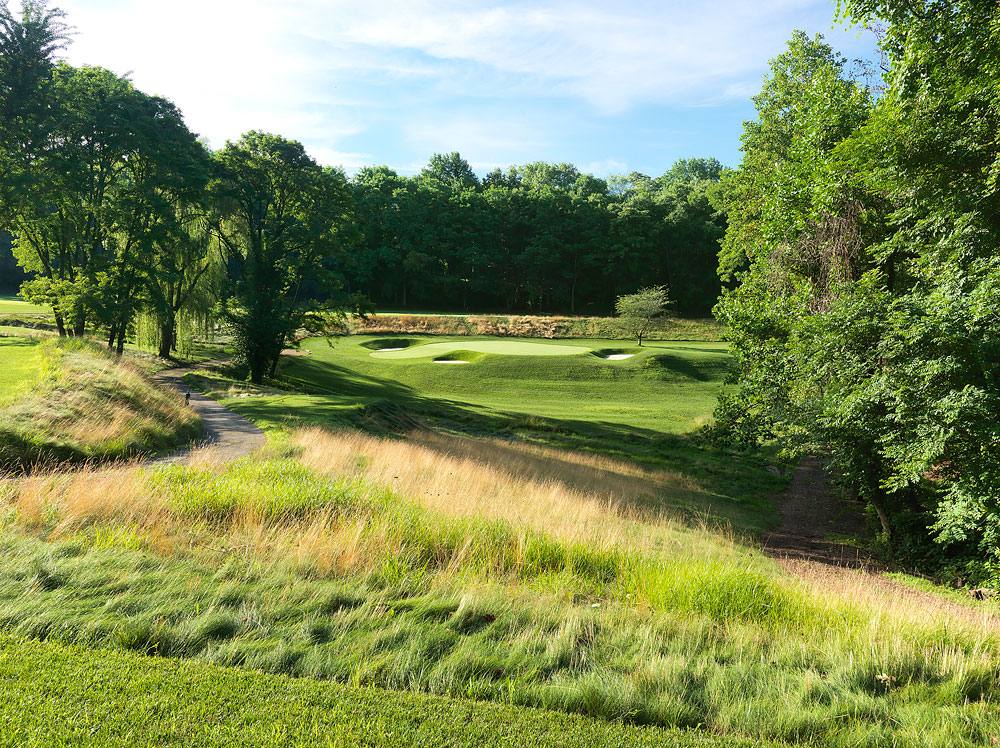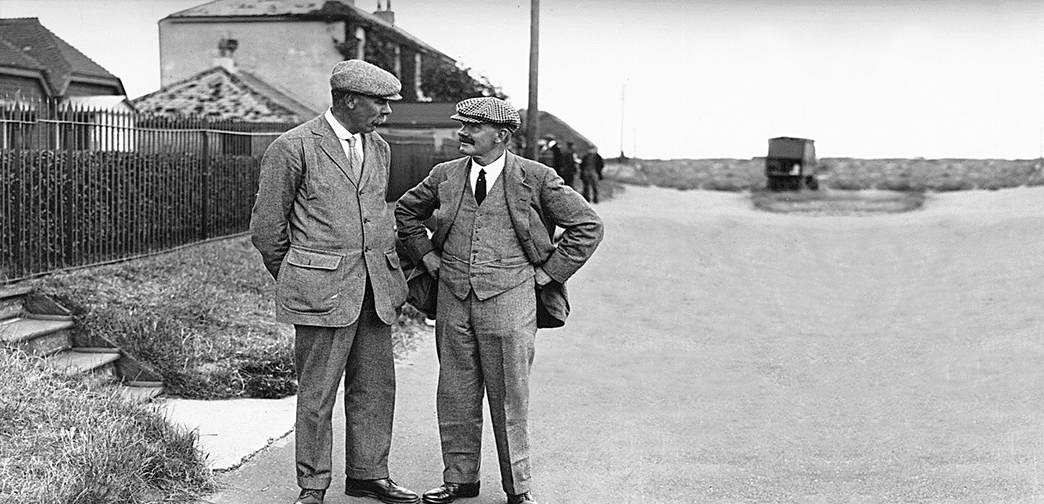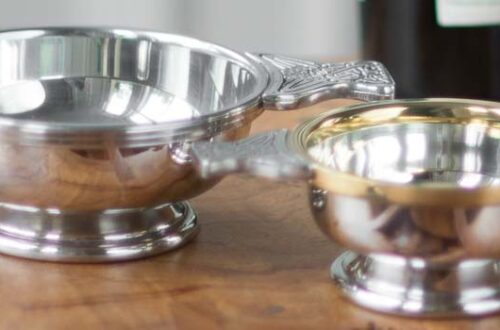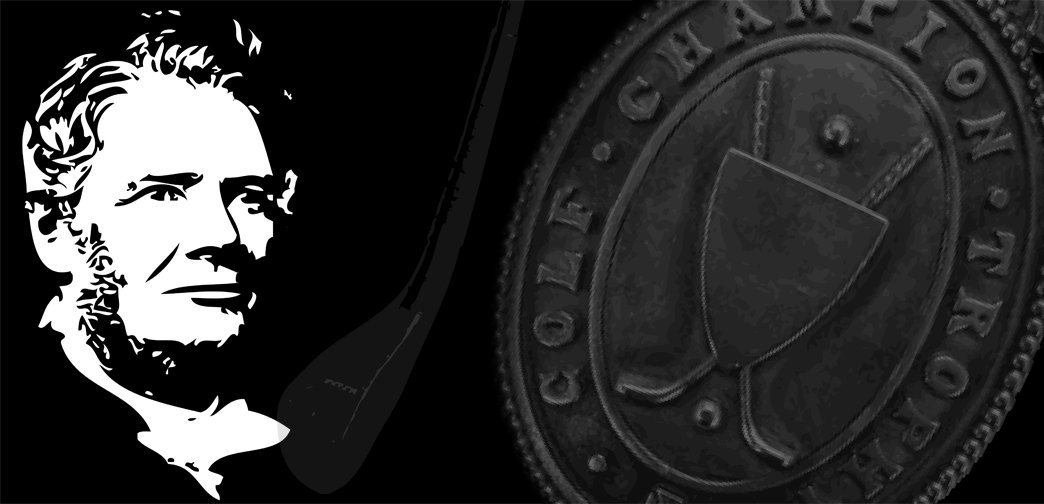The Philadelphia Cricket Club: America’s Oldest Country Club 1854-2004
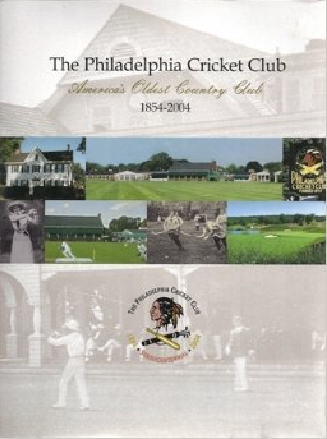 BOOK REVIEW
BOOK REVIEW
The Philadelphia Cricket Club: America’s Oldest Country Club 1854-2004
David R. Contosta
2004 Kutztown Publishing Co. ISBN 0976283107 121 pages
By Robert A. Birman
co-founder, Northwest Hickory Players
Hickory enthusiasts will know the Philadelphia Cricket Club as the permanent modern-day host of the World Hickory Match Play championship, now in its third year. Those who have had the privilege to walk the course know that its nine hole suburban lay-out is deceivingly cunning. PCC built a beefy, world-class 18-hole track that hosted the 48th PGA Professional National Championship this past June. The two courses are a marvelous study in contrasts; one short, seemingly simple course that still shows its defenses 125 years later; the other, a difficult-looking design that caters strictly to today’s modern game.
The venerable Philadelphia Cricket Club (PCC) was founded in 1854 by 20 sportsmen to create “a private sporting group.” Little could they have known, their legacy would endure for centuries. Written to commemorate the 150th anniversary of the PCC, this hardback chronicles the decades of achievement of what, the author argues, is the oldest country club in the nation “in continuous operation.”
Extensive footnotes accompanying the 120 pages of history are useful, including the very first. It affirms the founding in 1882 of the Country Club of Brookline (which was without golf and other sports until 1900), The Olympic Club in San Francisco of 1860 and the Germantown Cricket Club of 1854 (also in Philly) which never technically emerged as a “country club.”
Modern readers will benefit from being reminded of the conditions under which this august club was created. At the time, Britain was the world’s super power and no one could conceive a time in which this would not remain the case. The entire nation was comprised of only 23 million people, three million of whom were in slavery. (NY state’s population alone, today, is 20 million). It’s six years before Abraham Lincoln would be elected. Women could not vote. There was no electric lighting, no phones, not even the typewriter. Railroads existed, but nearly everyone relied on horse-drawn transportation.
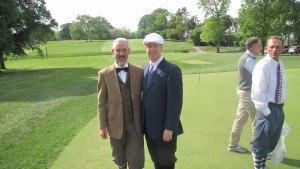
As Americans, we’re so accustomed to seeing old photos of Model T’s pulling mowers, or mountainous vacation resorts with bon vivants pulling into the grand entrance way. I would venture to guess that we rarely imagine golf being introduced in our nation only just at the verge of standardization of indoor lighting (Edison’s patent was granted in 1880).
A land baron named Henry Howard Houston provided the members 7.25 acres of land in 1883 and, riding the surge of interest in the game of golf in America at the time, the members created their first golf course in 1890. Cricket began to fall out of favor in the US as sports like tennis and golf became affordable, family-friendly and possible to play into old age.
PCC suffered five devastating fires in its first 50 years, but the members rebuilt after every one. Through the years, numerous national champions have emerged from the fields of the PCC, in swimming, squash, tennis, baseball, field hockey and golf.
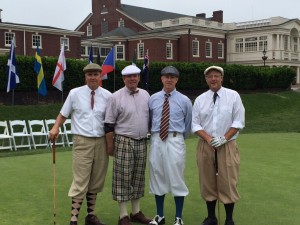
It is believed that golf first came to the Philadelphia region when a textile worker at Haverford College introduced the game there in the 1830 with a few, crude holes. At this time in the States, British pastimes were the emblem of refinement – cricket, rowing, fox hunting and golf. (Fox hunts were still being conducted on the Main Line when I was raised there in the 1970s). Sitting in an office all day, contemporaries believed, “weakened the body and crushed the spirit.”
The early and sustained success of the Cricket Club is impressive. Just prior to incorporating golf, the association was routinely attracting 5,000-10,000 for their top cricket matches. In 1885, there was only one golf course in the United States. By 1900, one-thousand courses existed. PCC built an 18-hole course in 1898, designed by Willie Tucker, at 6,124 yards and par of 73. The biggest accolades of the original course were in its hosting of the U.S. Open in 1907 and again in 1910. Complaints at the time included comments that the course was “bumpy and shaggy.” The winner in 1907 was Alex Ross, brother of golf course designer Donald Ross, who shot 302 for 72 holes. Incidentally, during that match, the first-ever hole-in-one in a U.S. Open was recorded by golfer Jack Hobbens. The members oversaw some remodeling for the 1910 Open. Alex Smith won that year, carding a 71 on the final day. (Smith won in a three-man playoff against American John McDermott and another of his own brothers, Macdonald Smith. Alex played in eighteen U.S. Opens in total and accumulated eleven top-ten finishes.)
Tragically, a fire in 1908 not only took one person’s life, but it also destroyed the Clubs extensive archives – all of the cricket and golf photos, memorials, cups, trophies, and records. While rebuilding the clubhouse, the course remained in continuous use, with its women members garnering the most recognition. Florence Vanderbeck is pictured in the book in the year that she won the U.S. Amateur (1915), all in white with two golf gloves, French cuffs and a long tie! The following year, another female member made it to the final round in the same championship.
Golf events at PCC helped raise funds for the war effort during WWI. In 1918, a 16-year-old Bobby Jones played in a charity tournament at PCC for the Red Cross, paired with Alexa Sterling, the then-reigning U.S. Am winner. By 1920, the club boasted 1,800 members, one-third of whom were avid golfers.
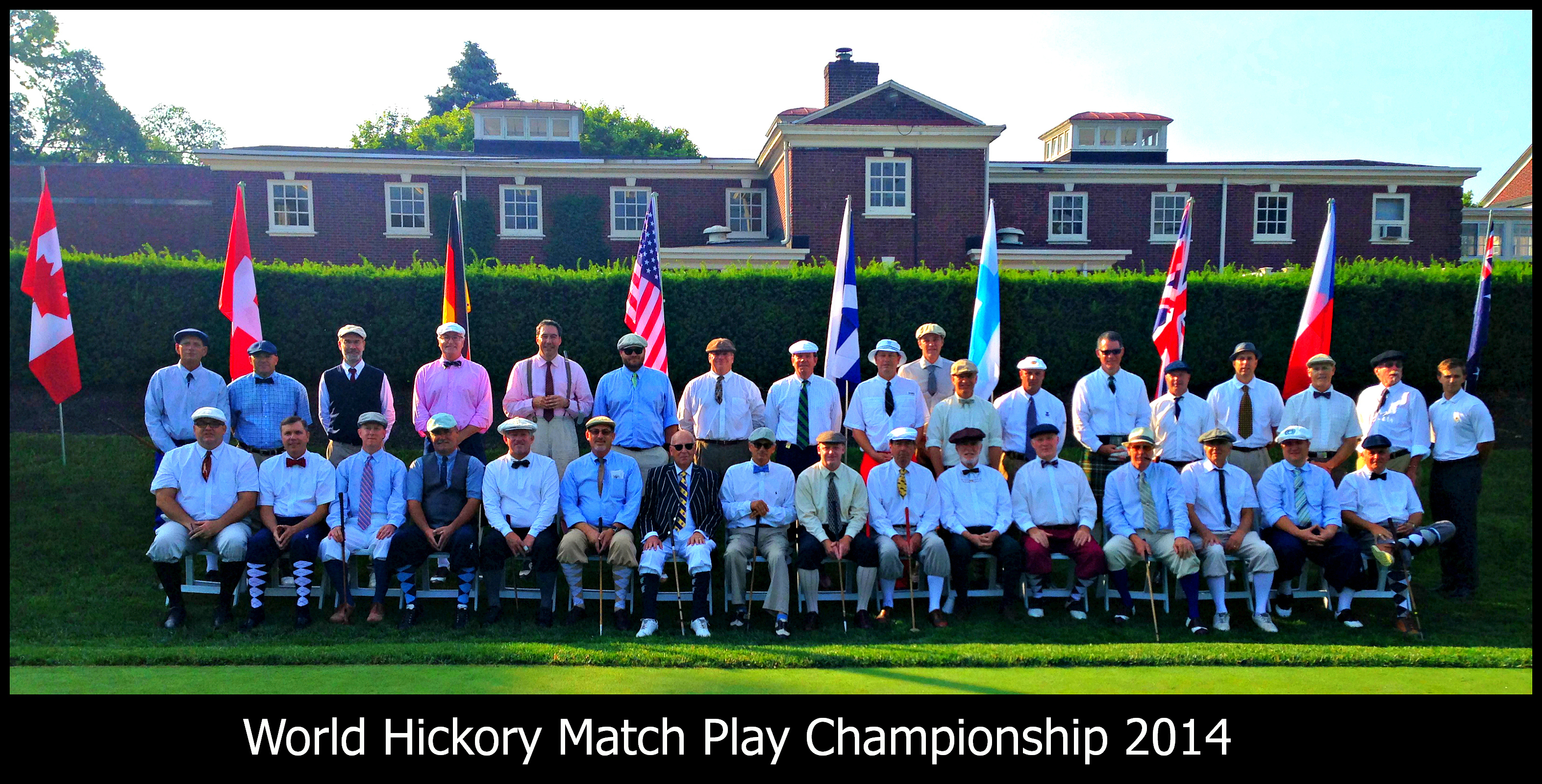 Between the wars, the members mustered the will power to plan another 36-holes of golf on a nearby plot in Flourtown, PA, in part motivated by the fear that the leased land on which the original course (St. Martins) would be eventually developed for homes. A.W. Tillinghast designed two courses in 1922, but only 18-holes were built due to finances. (A third course was finally built on the property in 2002.)
Between the wars, the members mustered the will power to plan another 36-holes of golf on a nearby plot in Flourtown, PA, in part motivated by the fear that the leased land on which the original course (St. Martins) would be eventually developed for homes. A.W. Tillinghast designed two courses in 1922, but only 18-holes were built due to finances. (A third course was finally built on the property in 2002.)
In 1931, as feared, the St. Martins course was subjected to a forced reduction to just nine holes as the membership lost a portion of its leased land. Some of the original holes were retained, and a few new ones were created a logical flow, all of which exist today. In 2014, the World Hickory Match Play was inaugurated at the St Martins course, and the venue has been named as the permanent site for this annual, international event. Players play in two divisions under 1930s rules, with stymies and no strokes given.
One of the vast charms of the course is that it is maintained in a style consistent with the zenith of its reputation. There is only one cut from fairway to rough, and from green to rough, so grass “collars” come into play from tee to green. I’ve had the benefit of playing in the event in its first two years, and can attest to the delight this timeless course imparts. While short, it is jam-packed with meaningful challenges and creative shot-making demands.
This book recounts the Club’s unfortunate raid during Prohibition and an amusing account of a caddy strike in 1936 during which caddies hounded golfers on the links with vicious heckles and insults.
Gene Sarazen visited the Flourtown course in 1958. Through the 2000s, the Flourtown course has been listed consistently as one of America’s top-100 classic courses, and its Ninth, one of Golf Magazine‘s top 500 golf holes.
I found one error in the book (I deduce). In recounting the opening day of the “Militia Hill” course in 2002, the author states that, “Jack Jennings, the immediate past president who had done so much to make the new course a reality, cut the ribbon and took the first ceremonial shot with an antique putter once owned by Willie Anderson and used in the 1910 U.S. Open, held on the St. Martins course.” The accompanying photo of Mr. Jennings (in full backswing) shows a ball teed just behind the freshly-cut ribbon. This reader must assume the antique is a spoon or brassie, not a vintage putter for God’s sake – let’s hope so!
The Tillinghast course went trough a massive restoration in 2013-14 and is the pride of Philadelphia today. There is a complete list of the club champions in all sports dating from 1885 and the Club’s presidents from 1854. If you’ve ever walked these links, or wished to do so, this is a most enjoyable volume.
